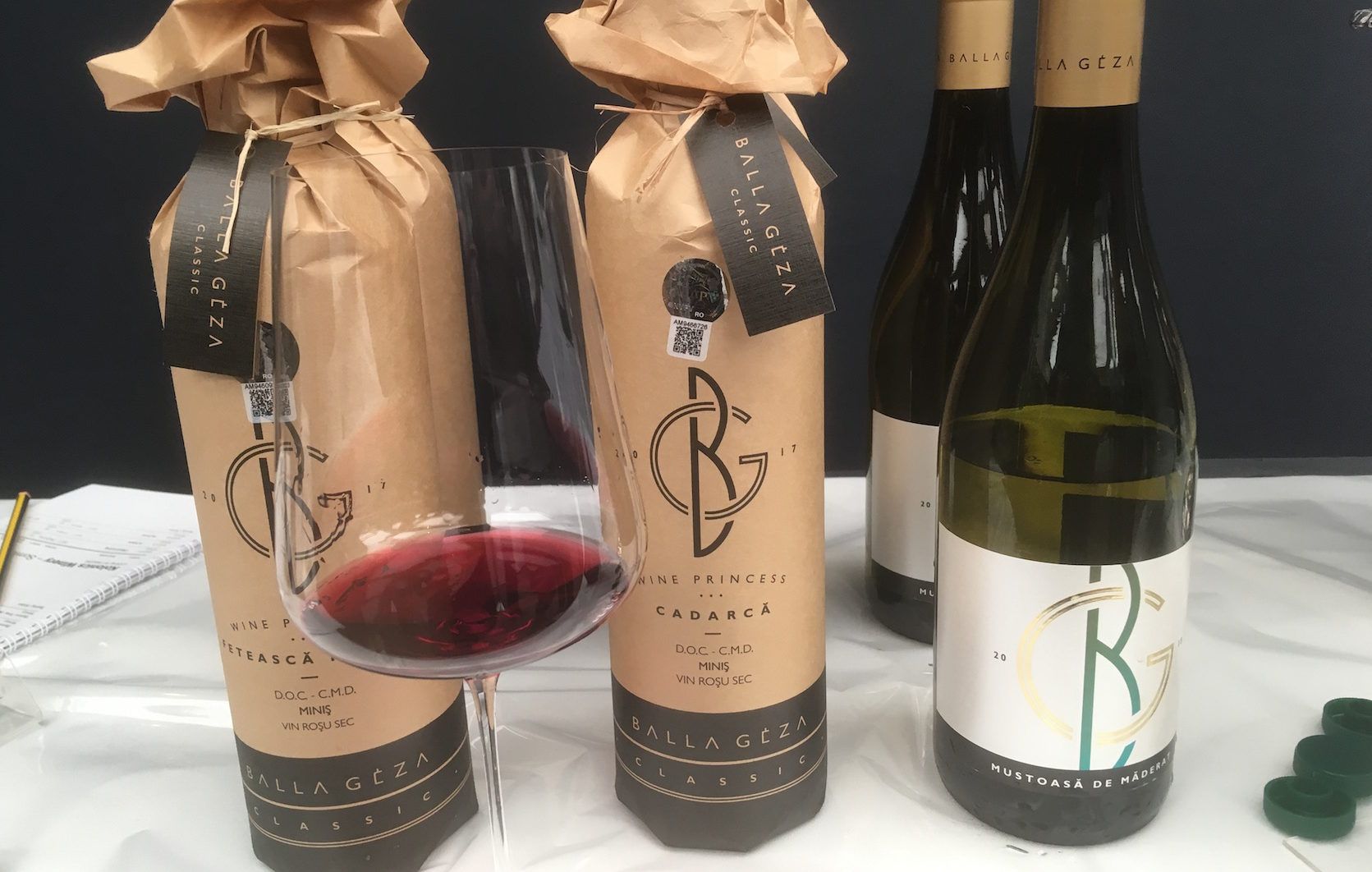Wines from the leading producers, like Barta, are simply getting better and better, argues Keay.
Wine from Hungary really is having its moment in the sun.
In the on-trade, the likes of Corney & Barrow, Jascots, Alliance and Boutinot have all recently taken on new agencies (the latter now has three producers on its list). Off-trade, the Wine Society has been setting the pace, now listing 14 very different wines from a range of producers, making it the largest single supplier in our disunited Kingdom.
And family-owned Malux has quite rightly been blowing its trumpet, having won awards at for all the wines it entered into the Sommelier Wine Awards and the VinAgora International Wine Competition; the wines awarded included Gold for the Frittmann FPV Ezerjo Reserve 2016, made from one of Hungary’s more obscure grape varieties.
All of which made the timing of the latest Wines of Hungary tasting, at 67 Pall Mall, all the more apposite.
‘Independent Hungary with Oz Clarke’ showcased 50 wines from eight of Hungary’s 22 wine regions.
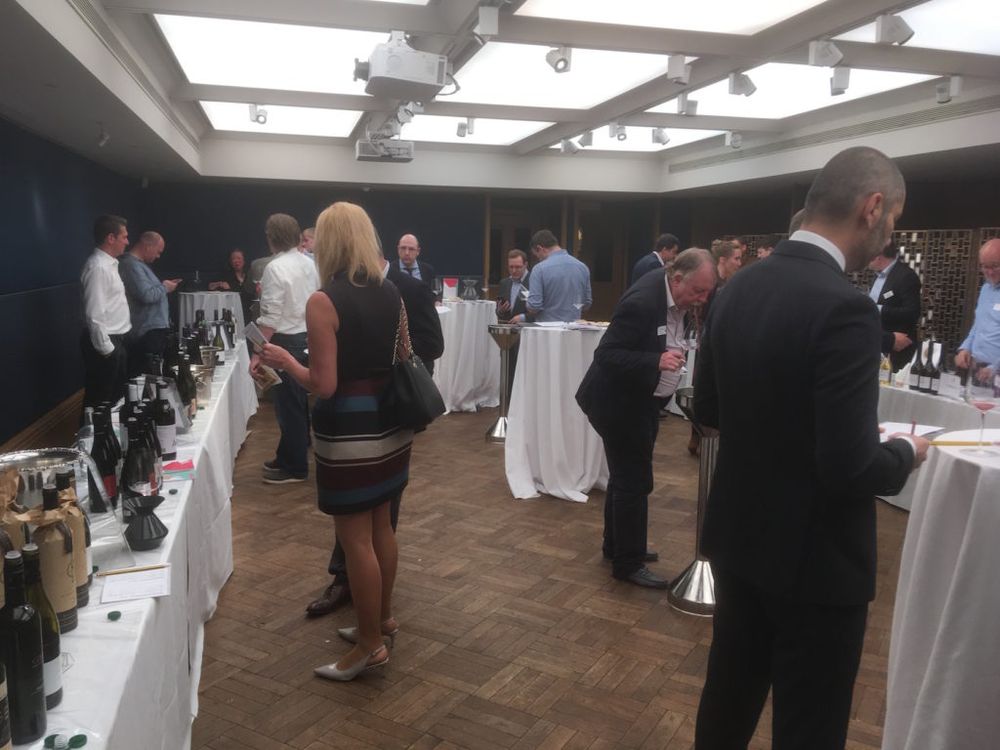
Wines of Hungary tasting, 67 Pall Mall, May, 2019
It’s been said that Hungarians are so canny that they can enter a revolving door behind you and somehow emerge in front. True to form, the country’s winemakers have proven adept at overhauling a wine industry that communism and a decade of uncertainty and change over the 1990s, left in a battered state. Producers have proven successful at working with single native varieties like white Furmint, Harslevelu and Juhfark as well as the increasingly popular Kekfrankos (better known in the UK by its Austrian name Blaufrankisch) and Kadarka.
They have also proven adept with blends, most notably reinventing image-battered Egri Bikaver as a quality wine, and with international varieties like Pinot Noir and Cabernet Franc, which has found a great home in the Villany region.
Unsurprisingly, leading producers like Gere, Heimann, Bock, Nimrod Kovacs and Barta have become well-known over here in the UK as the on-trade has become increasingly appreciative of their style and of the high quality of their wines. And many were at this tasting.
So which were my Magnificent Seven?
Oleg Kiraly Furmint 2015 – Barta Winery (Tokaj)
These wines just get better and better, so much so it was hard to chose a favourite. However the Oleg Kiraly Furmint 2015 takes some beating; wonderful structure and texture, with just a touch of new oak supporting the tropical fruit flavours, this is a wine with quite a few years ahead of it. (Corney & Barrow).
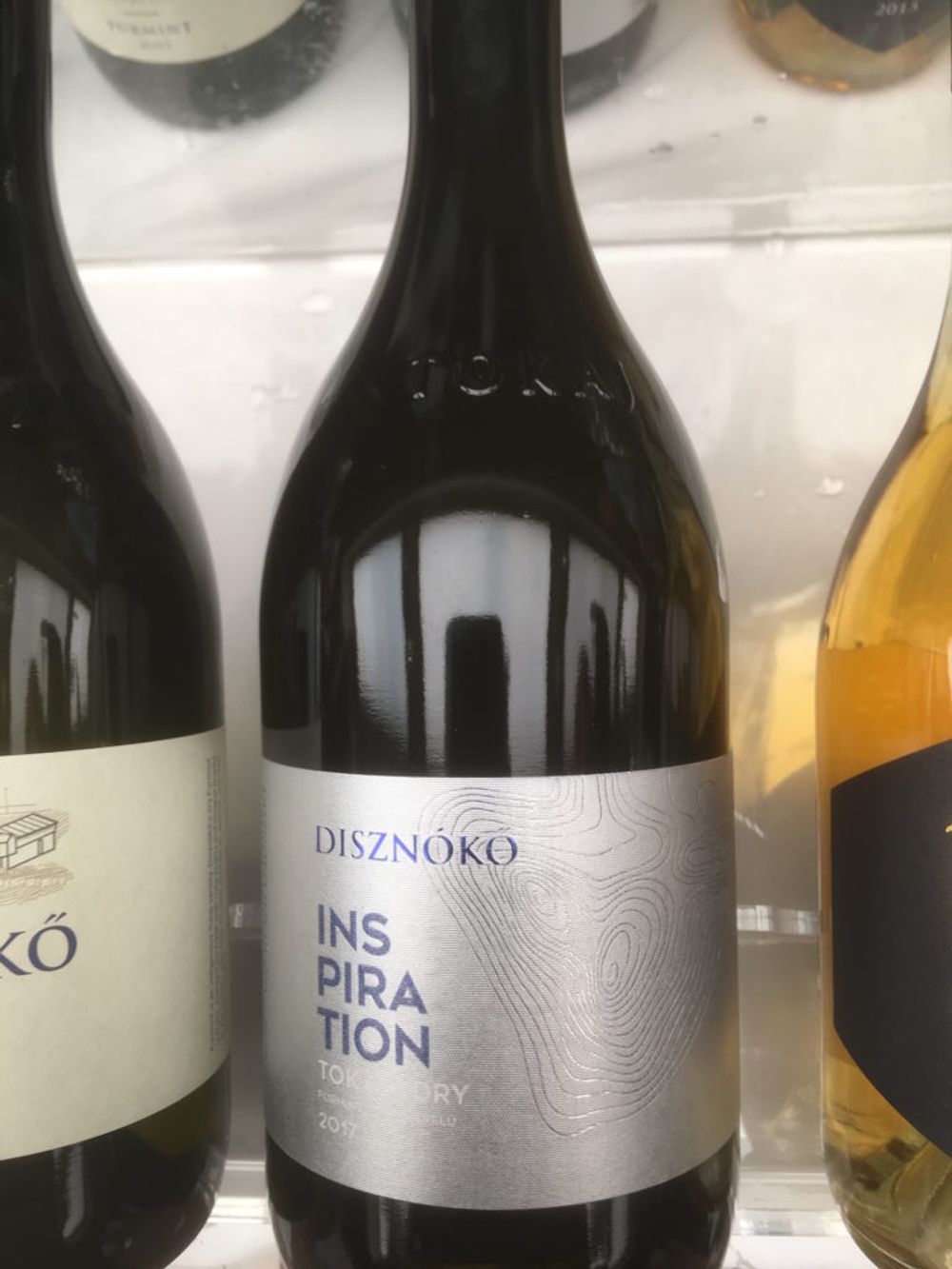
Inspiration 2017 – Disznókő Winery (Tokaj)
Although Christian Seely has done an impressive job of restoring the fortunes of Disznókő, to be honest I never really got the wines. Until now.
Inspiration, a blend of Furmint with 17% Harslevelu, is a wonderfully balanced, barrel-fermented wine, very elegant but allowing the fruit to show through. Quite distinct from many other Furmints, but in a good way. This is the second vintage of this wine and Disznókő has gotten it about right. Mention should also be made of the 1413 Szamorodni, again a blend of the two varieties but sweet of course. This style, very popular in the communist era in Poland in particular, has often been dismissed as a poor man’s Aszu but this is a great example and at under £12 DPD, very good value. (Gonzalez Byass).
Dry Ferment 2018 – Kardos Winery (Tokaj)
Boutinot says independents have gone wild for this relatively simple, un-oaked but fruity Furmint and little wonder; at £6.50 DPD this is fantastic value and a great expression of, and introduction to, the variety. (Boutinot).
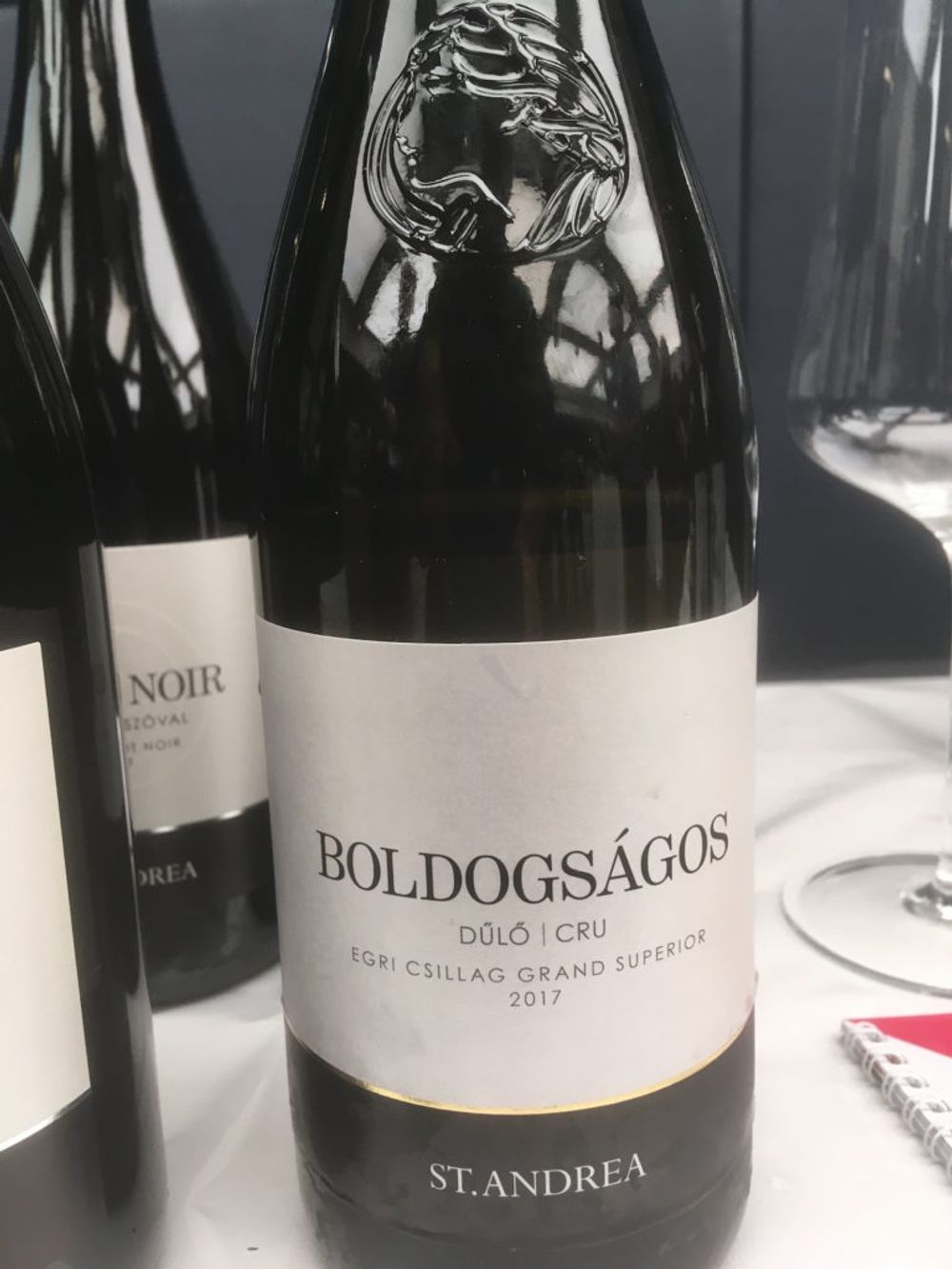
Boldosgagos Egri Csillag 2017 and Merengo 2016 – St Andrea (Sopron/Eger)
Again, too many good wines to choose from. The first of these is an unusual, exotic blend of Olaszriesling, Pinot Gris, Harslevelu, Furmint and Sauvignon Blanc and really delivers on both nose and palate. With so much fruit, this feels really rich although r/s is just 1.7 g/l. A treat.
St Andrea makes an impressive range of Egri Bikaver, but the high end Marengo – snapped up by the Wine Society – is grown on volcanic soil and is a wonderfully rich Kekfrankos-and Cabernet Franc blend. Great length with plenty of cassis and ripe cherry fruit.
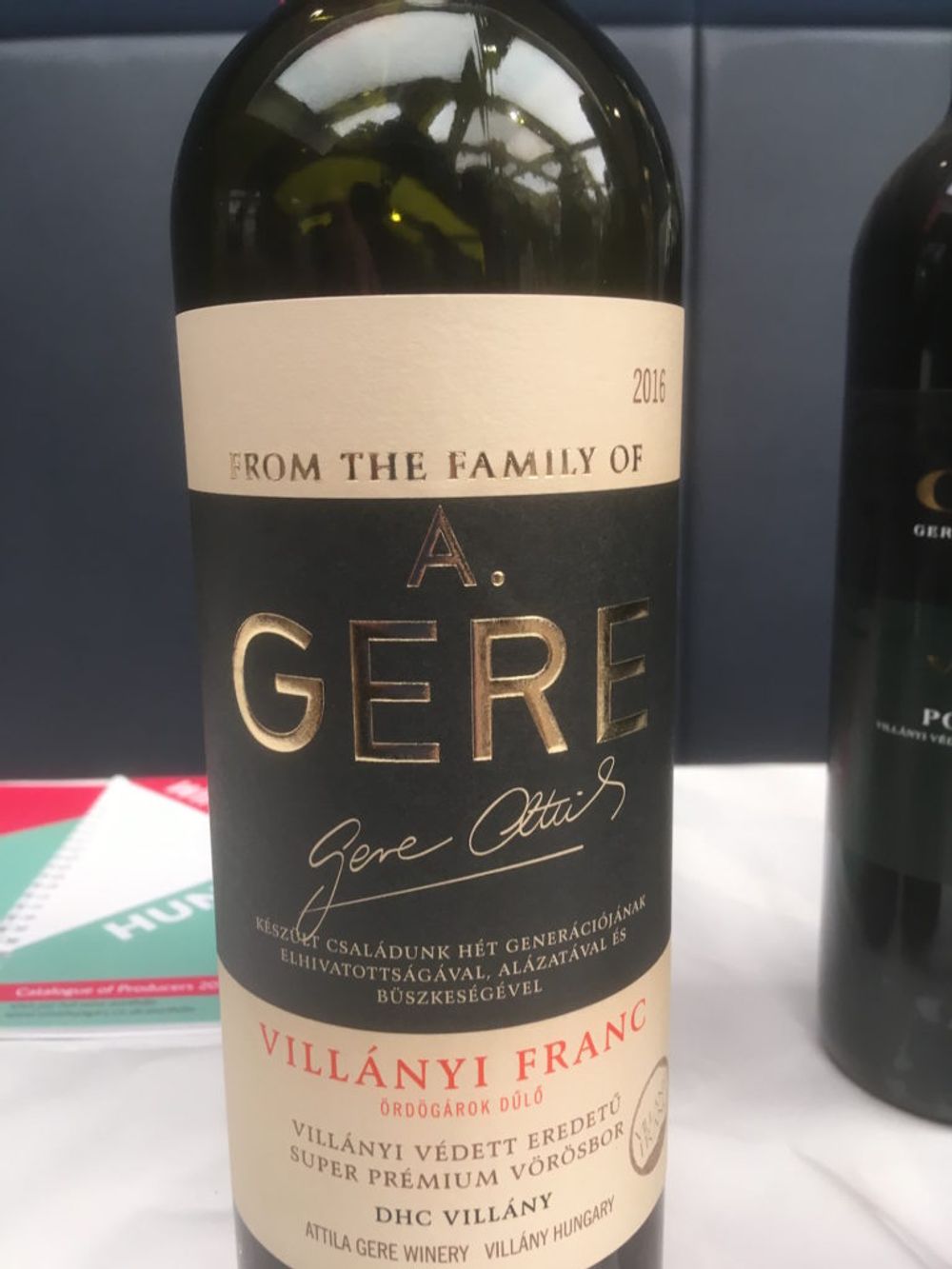
Villanyi Franc 2016 – Gere Winery (Villany)
The Villany region has reinvented itself as one of Europe’s great homes of Cabernet Franc and this wine from Gere is a cracker, quite full on with 14.5% alcohol but carried well with great freshness and acidity supporting the fruit. My notebook says Gere – now run by Andrea Gere, daughter of Attila who started the winery as a commercial entity in the late 1980s – is still looking for an importer. Why?
Mustoasa de Maderat 2018 and Kadarta 2017 – Balla Geza (Menes, Romania)
If it’s weird that Gere hasn’t found a UK importer, it seems equally bizarre that Balla Geza, an iconic, innovative Hungarian producer based in Romanian Transylvania, hasn’t found one either. I’ve tried a range of his wines over the last few years and they never disappoint; focused mainly on indigenous varieties and terroir-driven they are never shy and deliver on both flavour and quality.
I could have chosen his Feteasca Neagra 2017 which is a full-on interpretation of Romania’s leading red variety but instead I’ll choose the Mustoasa de Maderat, made from a white native variety that tastes like a blend of Muscat and Pinot Blanc. Very broad, quite floral, with lots of apricot and pear on the nose and palate, this is delicious. Balla Geza’s Kadarca (called Cadarca, just to confuse) is a full-on interpretation of the variety, moreish with lots of black cherry and cassis flavours. Someone should import these wines, now.
The good news is that this might now happen. It emerged that some key buyers were here after all – hidden away in a masterclass where Oz was doubtless enthusing in his usual inimitable way. I didn’t get an invite, but hopefully some of those who did will turn their attention to the likes of Gere and Balla Geza. These impressive, characterful wines would be a great fit for any list.
